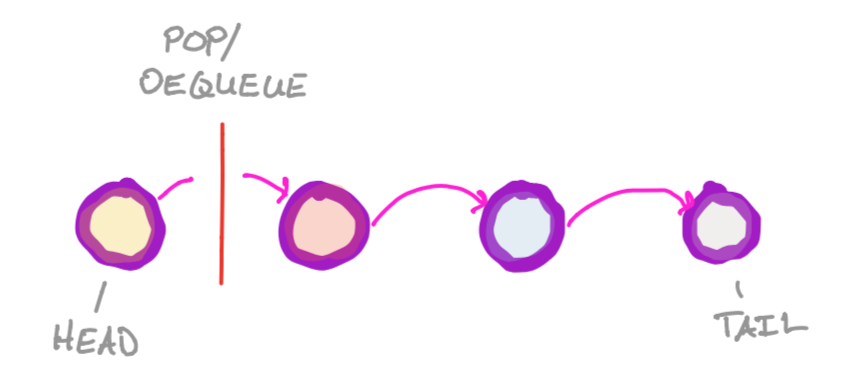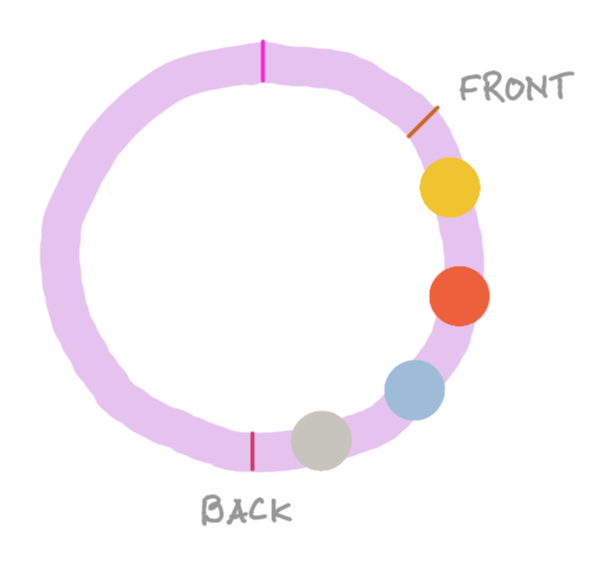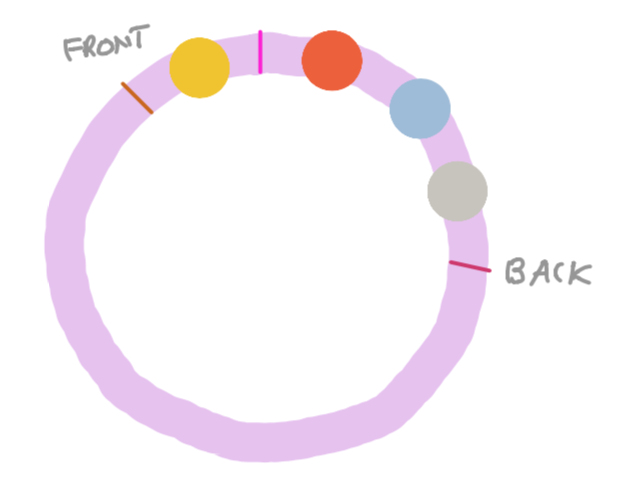Queues and Stacks
by Jenny Chen, Eddie HuangTry Me
Introduction
Queues and stacks (quacks) are data structures for storing and querying elements in particular linear orders. Queues and stacks share a common interface:
push- adds an element. (For queues, this is also known asenqueue)pop- queries/removes an element. (For queues, this is also known asdequeue)
Queues

Queues return elements in the order in which they were stored. We call this kind of data structure first-in-first-out (FIFO).
Stack

Stacks return elements in the reverse order in which they are stored; that is, the most recent element to be added is returned. We call this kind of data structure last-in-first-out (LIFO).
Implementations
Queues and stacks are often implemented with either linked lists or arrays.
Linked Lists



Arrays
When implementing queues and stacks with arrays, it's important to visualize them as "circular" arrays. The beginning and end of an array do not matter to a stack or a queue. Simply keep track of the indices that locate the front and back of the queue/stack. One of the limitations with this implementation is that it gives a limit to the amount of elements the data structure can store.



